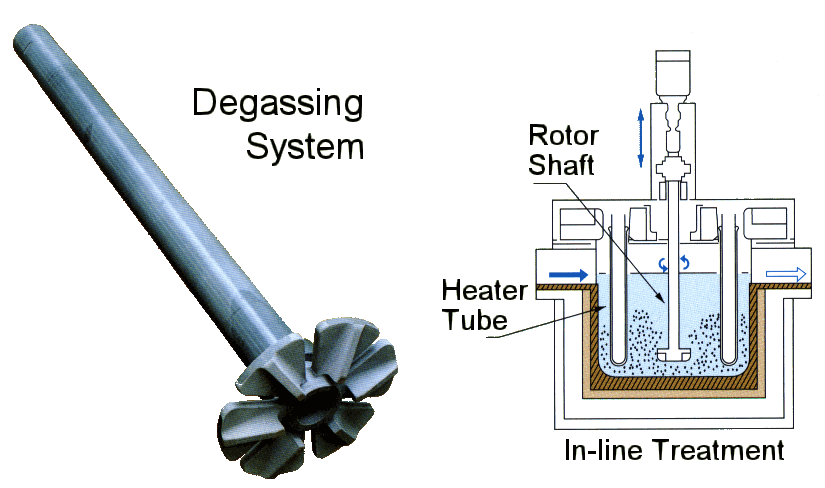
14 2月 Degassing Process
Degassing Process
Hydrogen is introduced by moisture. Excess hydrogen has a negative effect on the mechanical properties of finished aluminum by creating porosity and overall shrinkage. It is important to remove excess hydrogen during the melting and pouring process.
Introducing inert gases such as argon or nitrogen into the molten metal can be used to remove hydrogen.
As inert gas bubbles move up through the molten aluminum, hydrogen diffuses into the inert gas bubbles and essentially disappears.
Traditional degassing systems limit mixing, especially at the bottom, where higher speeds are required which results in more surface turbulence.
Bubbles are larger and degassing takes longer to achieve desired results.
Melters desire superior bubble shearing and dispersion, longer bubble retention time in the metal, complete molten metal circulation, a non-clogging rotor, and to be more thermal shock resistant. Plus they would prefer to use less inert gas in the process.
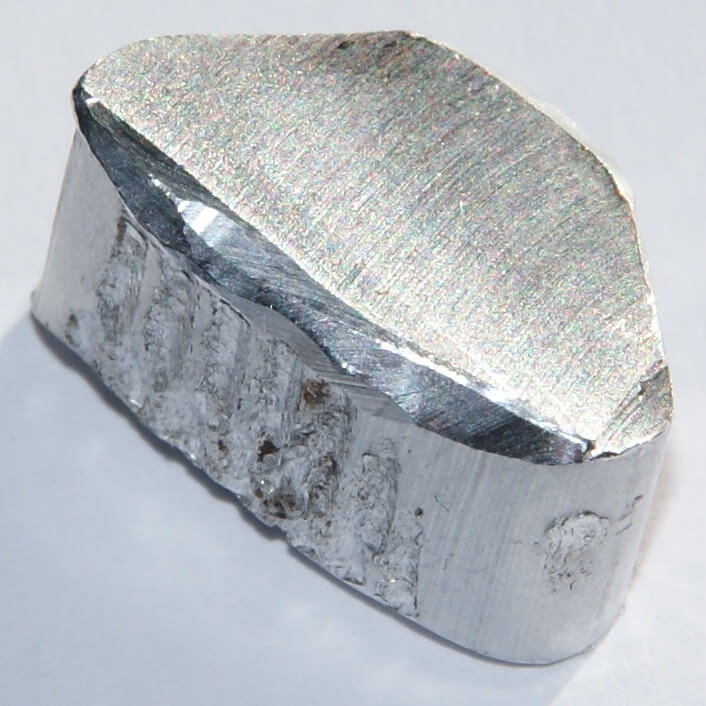
Degassing Process
Before using the molten aluminium for casting, it is necessary to remove hydrogen gas from the melt in order to avoid bubbles in the cast aluminium parts.
This can be done by using a rotor, rotating in the aluminium melt and purging the molten aluminium through the shaft with Argon gas.
The rotor shafts and wheels exhibit exceptional wear and oxidation resistance compared to a graphite rotors.
They assure stable high hydrogen removal efficiency and have a long lifetime.
The excellent thermal shock resistance and the original impeller design permit insertion into and withdrawal from molten aluminium without preheating.
The original design of the TKR rotor wheel results in high gas dispersability and makes hydrogen removal efficiency superior.
The rotor shafts and wheels are suitable for both in-line and batch degassing systems.
Degassing Process – Adtech ONLINE DEGASSING UNIT
Scavenging gas treatment of melts, whereby an injector which is submerged in the melt rotates and the scavenging gas (usually an inert gas) is distributed in the melt in small bubbles. Rotary degassing or impeller degassing is mainly used for the purification and hydrogen degassing of aluminum melts (see Hydrogen solubility).
Rotary degassing devices (impeller devices) are suitable for scavenging gas treatments in the crucible or in the ladle between the furnace and casting location; a rotary degassing device. The device is placed on the crucible or treatment container or, if it is designed as a free-standing device, the rotor goes into the ladle below it (impeller station). Through the vertical hollow shaft and the rotor on the lower end of the shaft, the scavenging gas is blown into the melt and – unlike in lance degassing – is distributed in extremely small bubbles. The fine bubbles are mixed intensively with the melt by the rotation of the impeller. The specially shaped rotor ensures fine distribution. The rotor and shaft are usually made of graphite. Examples of rotor shafts and heads.
The smaller and more frequent the scavenging bubbles, the better the melt can be degassed and also freed from (mainly oxidic) impurities. Video 1 shows the formation of fine bubbles in a test in water. The melt is homogenized at the same time. This means that a rotary degassing device does not just serve the degassing process but also, when operated correctly, the removal of oxides which remain on the surface with the baffle plate (sword).
All standard treatment gases are suitable as scavenging or purification gases. Rotary degassing is usually carried out with an inert gas which is suitable for the affected melt, e.g. nitrogen or argon for aluminum melts. In some cases, the inert scavenging gas is also mixed with low concentrations (<2.5%)




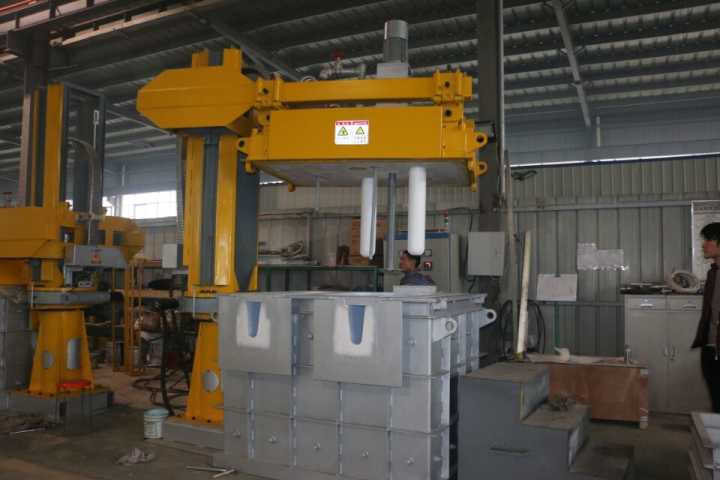
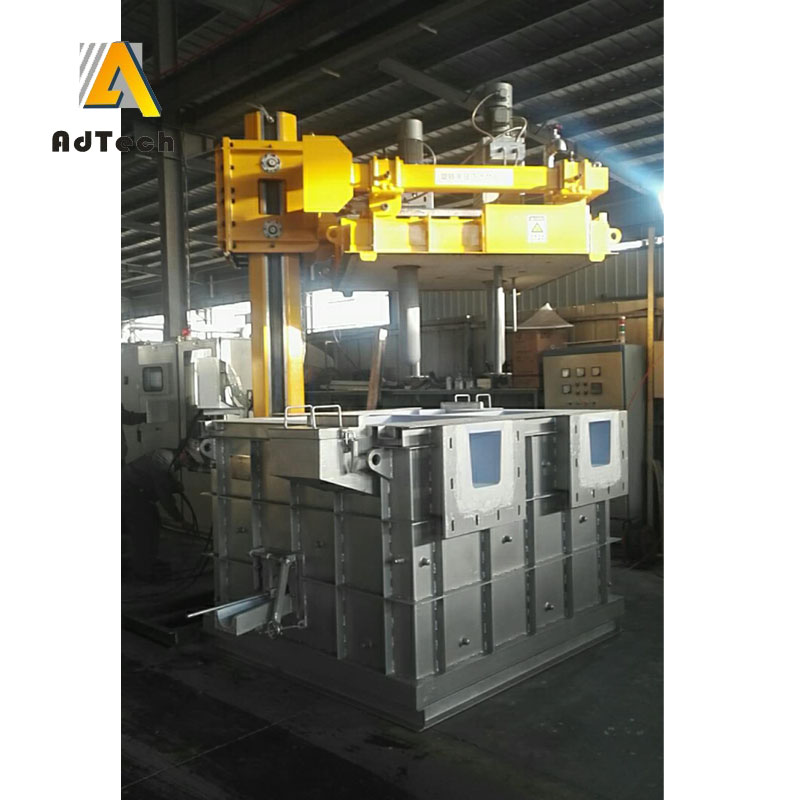
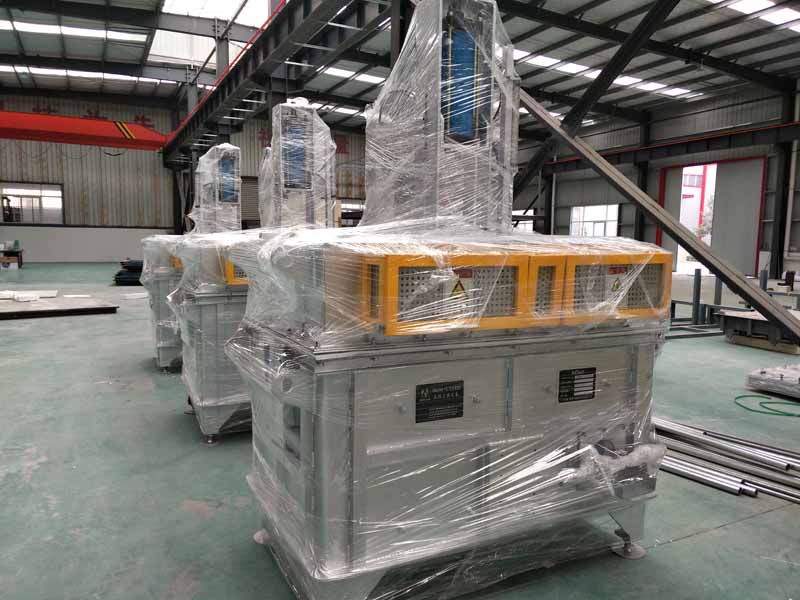
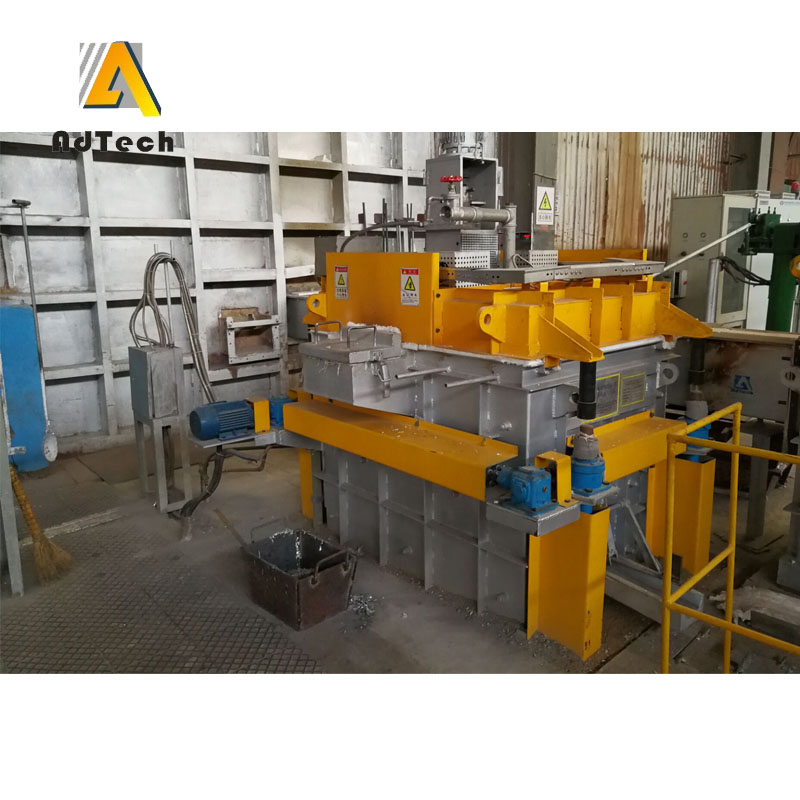
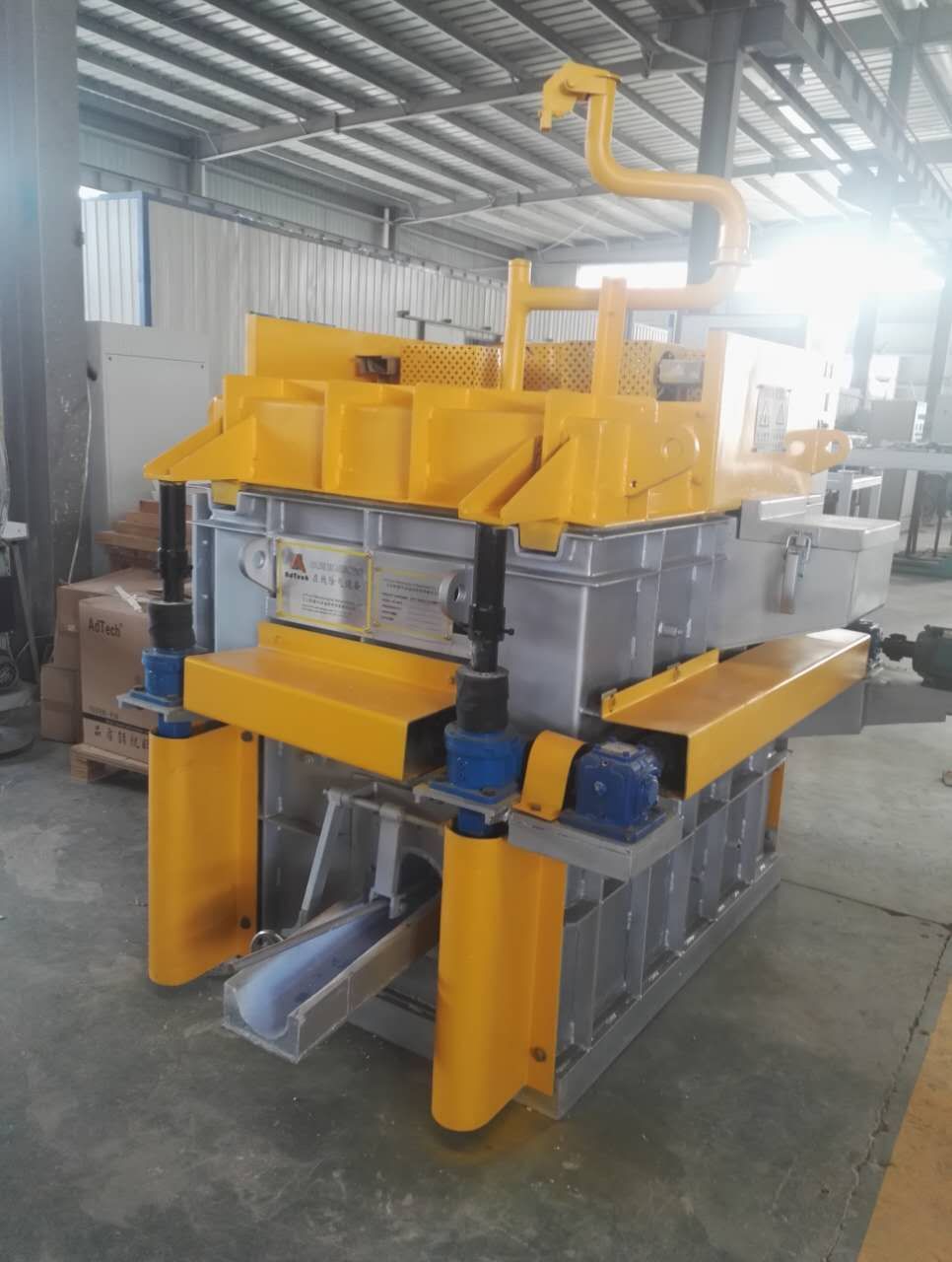
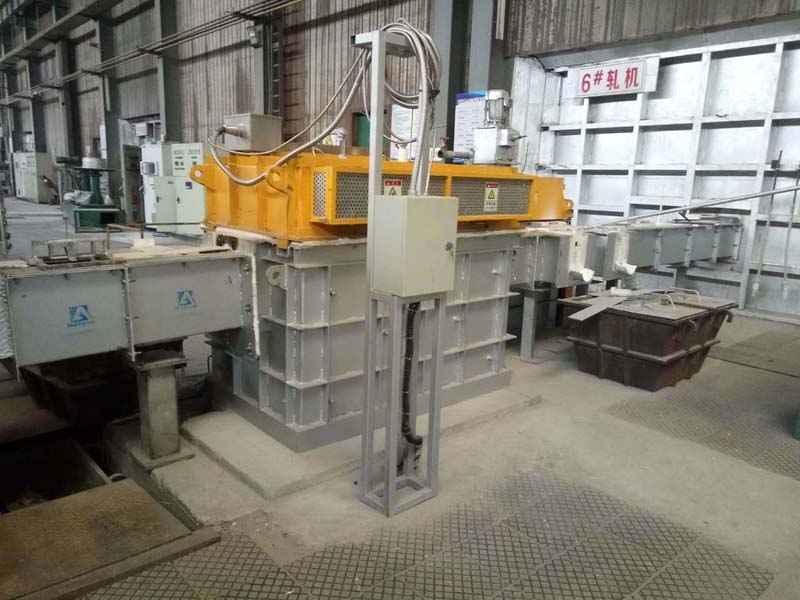
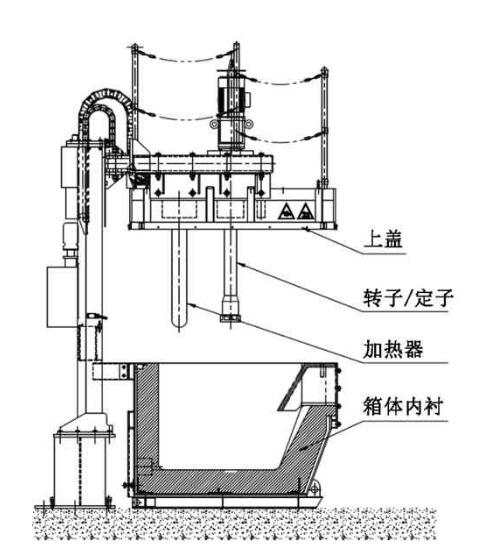
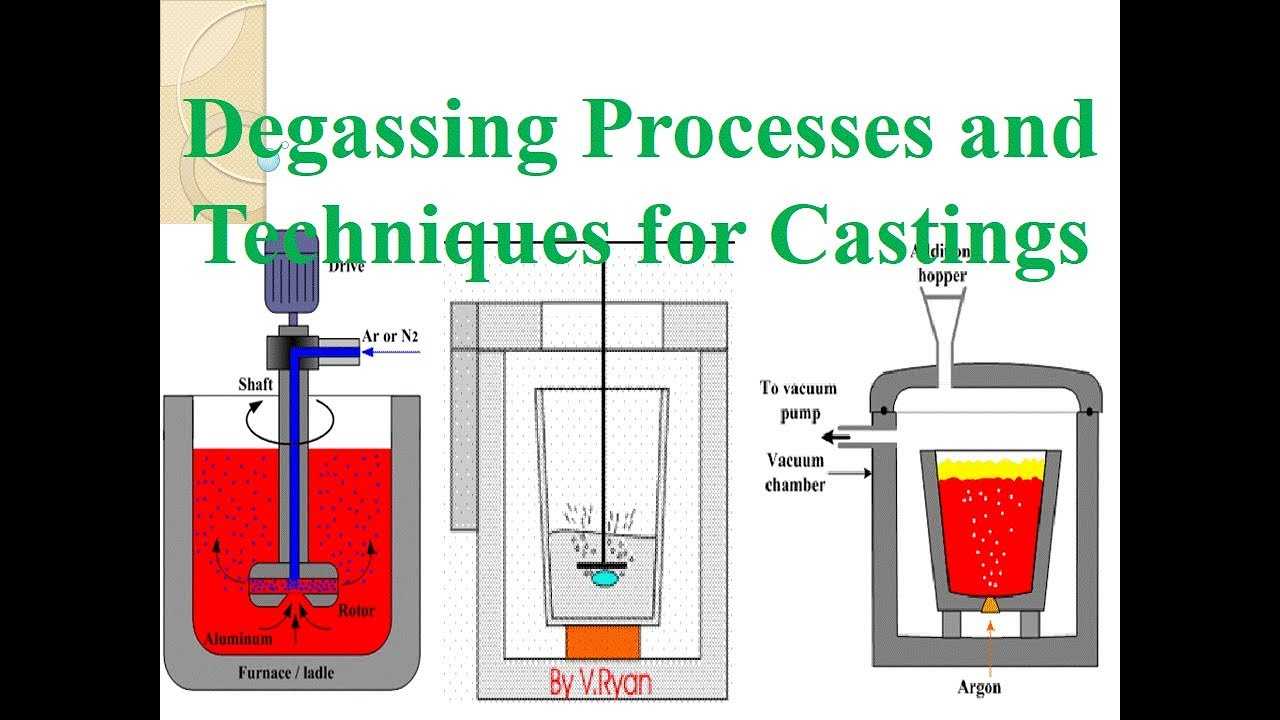
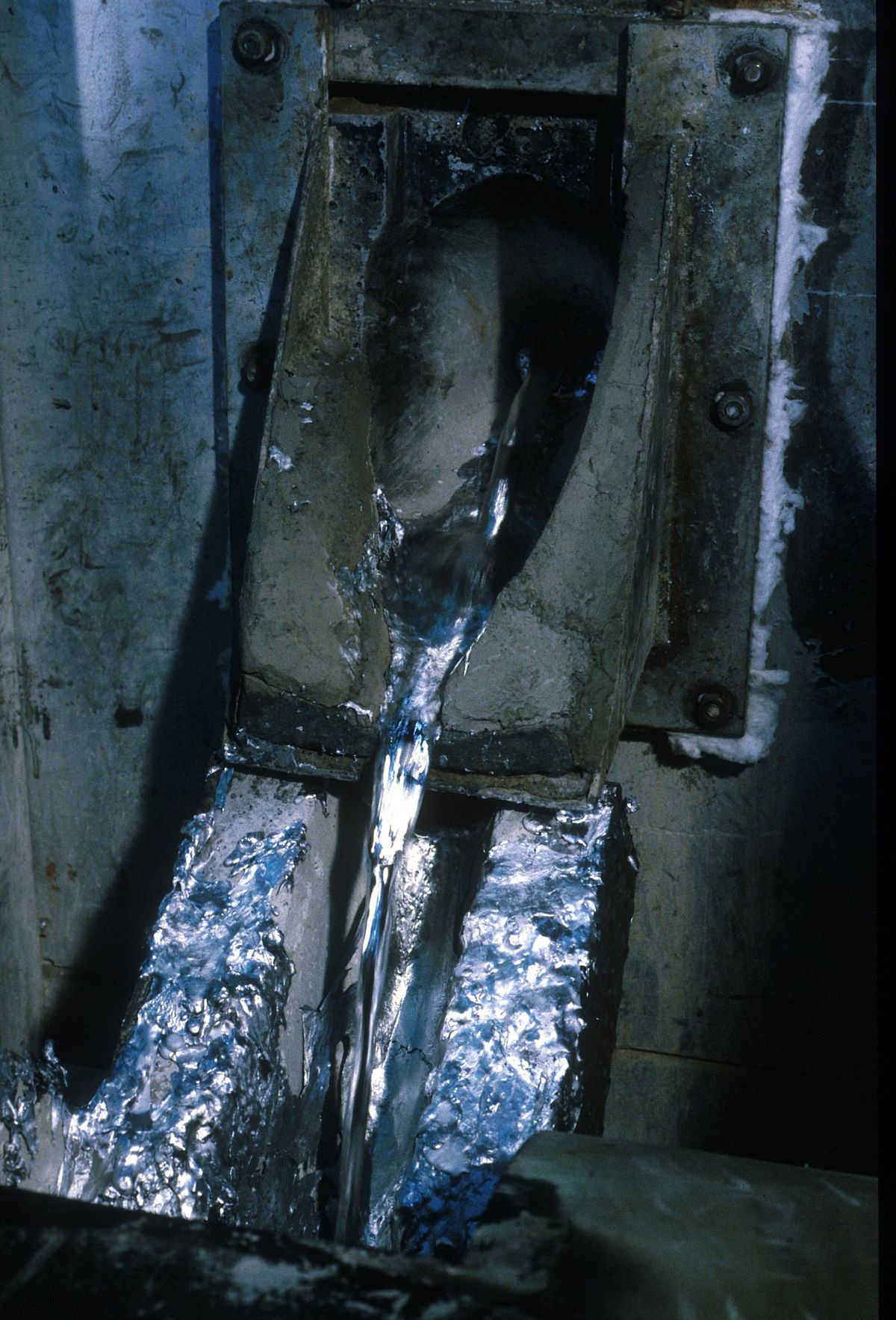
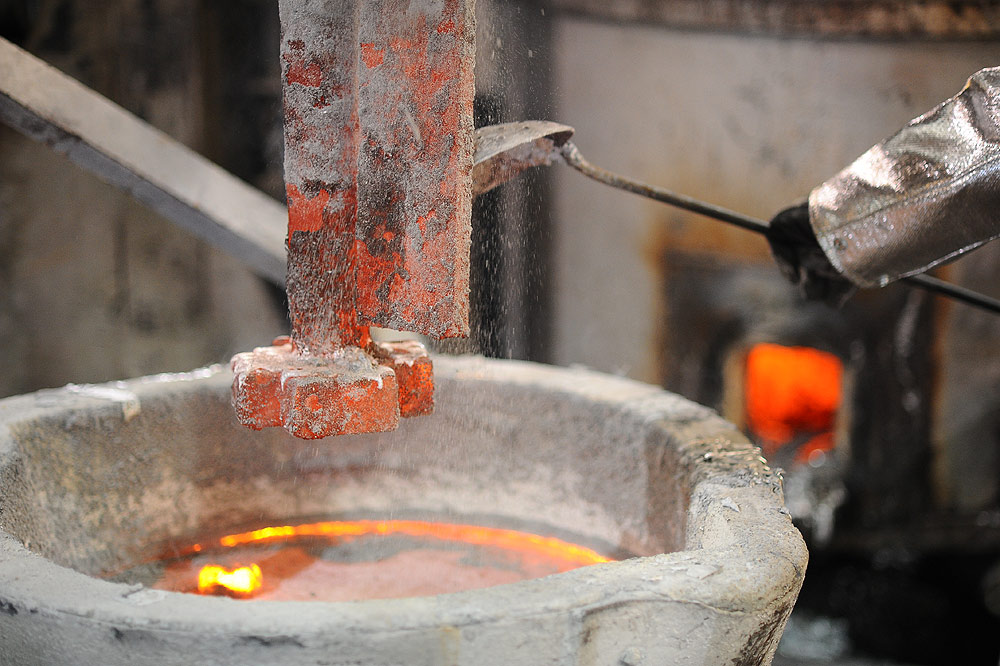
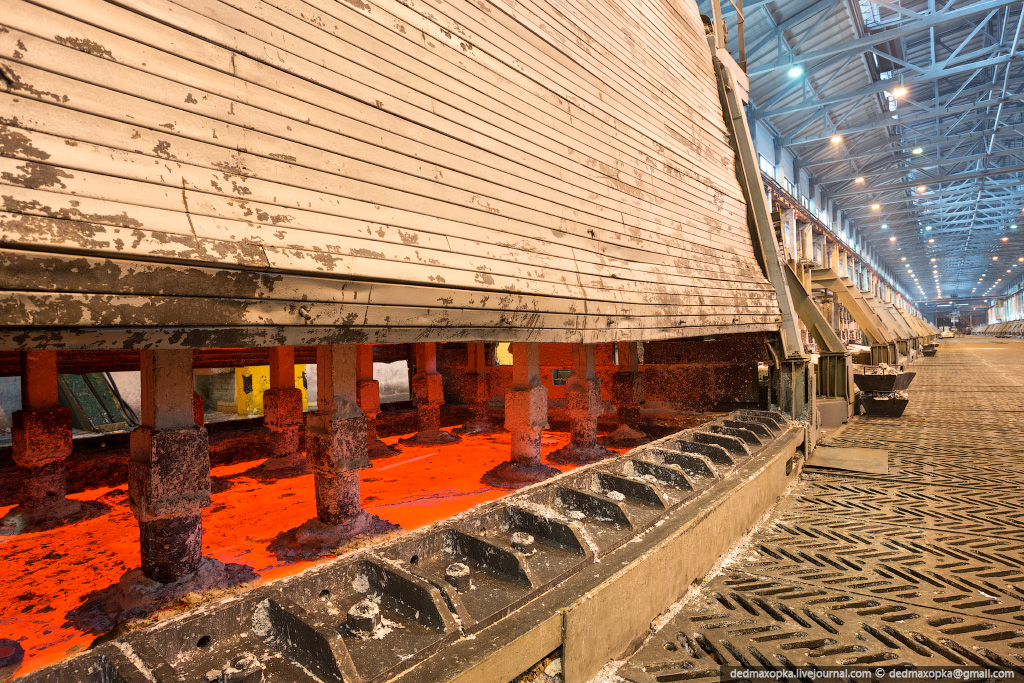
No Comments